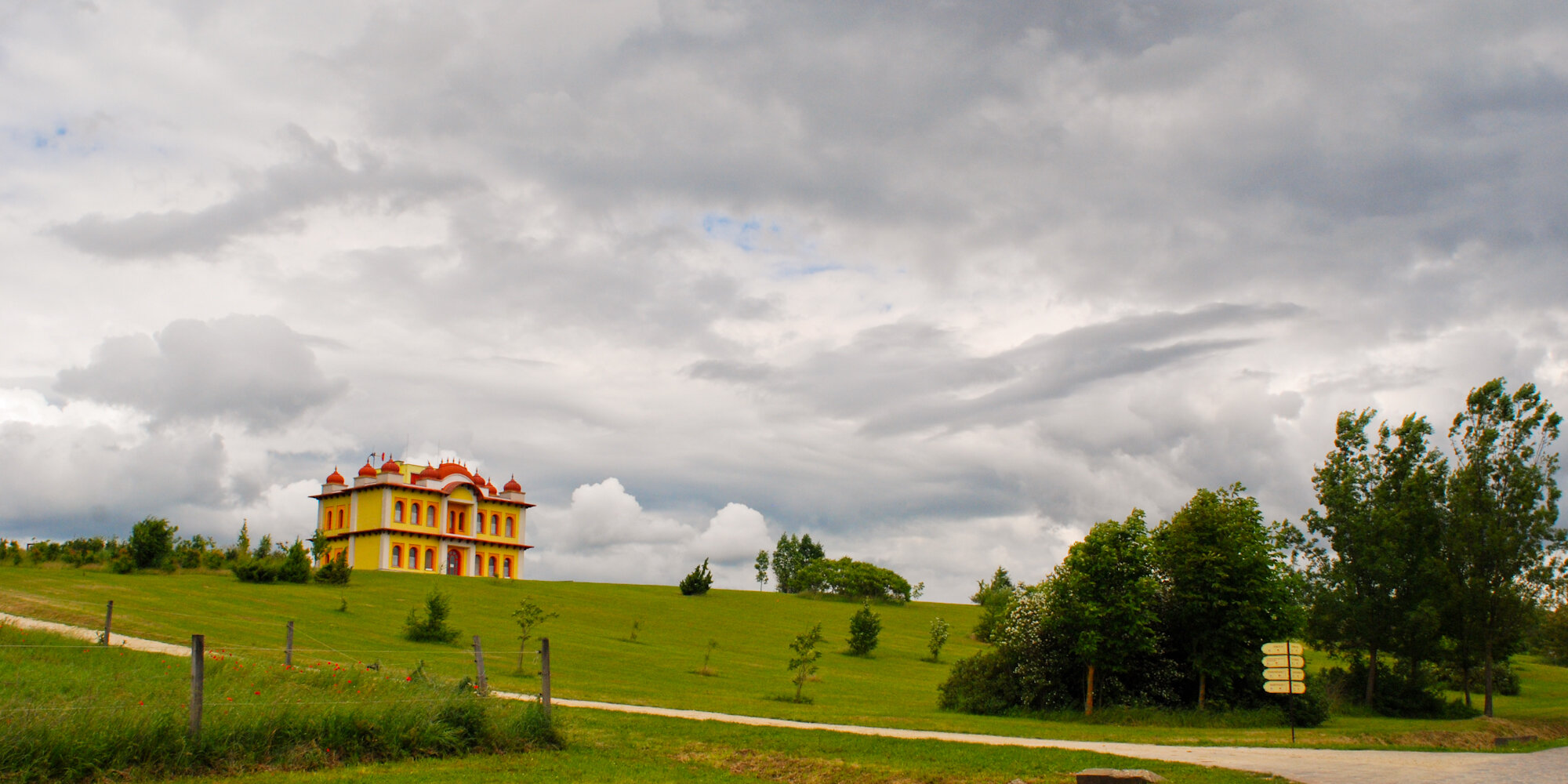For milleniums, the placid hills of Somogy saw nothing but battles fought by the followers of Jupiter, Jesus or Muhammad. Then - for a change - arrived the devotees of Krishna with non-violence and built a village (valley) of spiritual and religious peace on the edge of Somogyvámos, not far from the south shore of Lake Balaton.
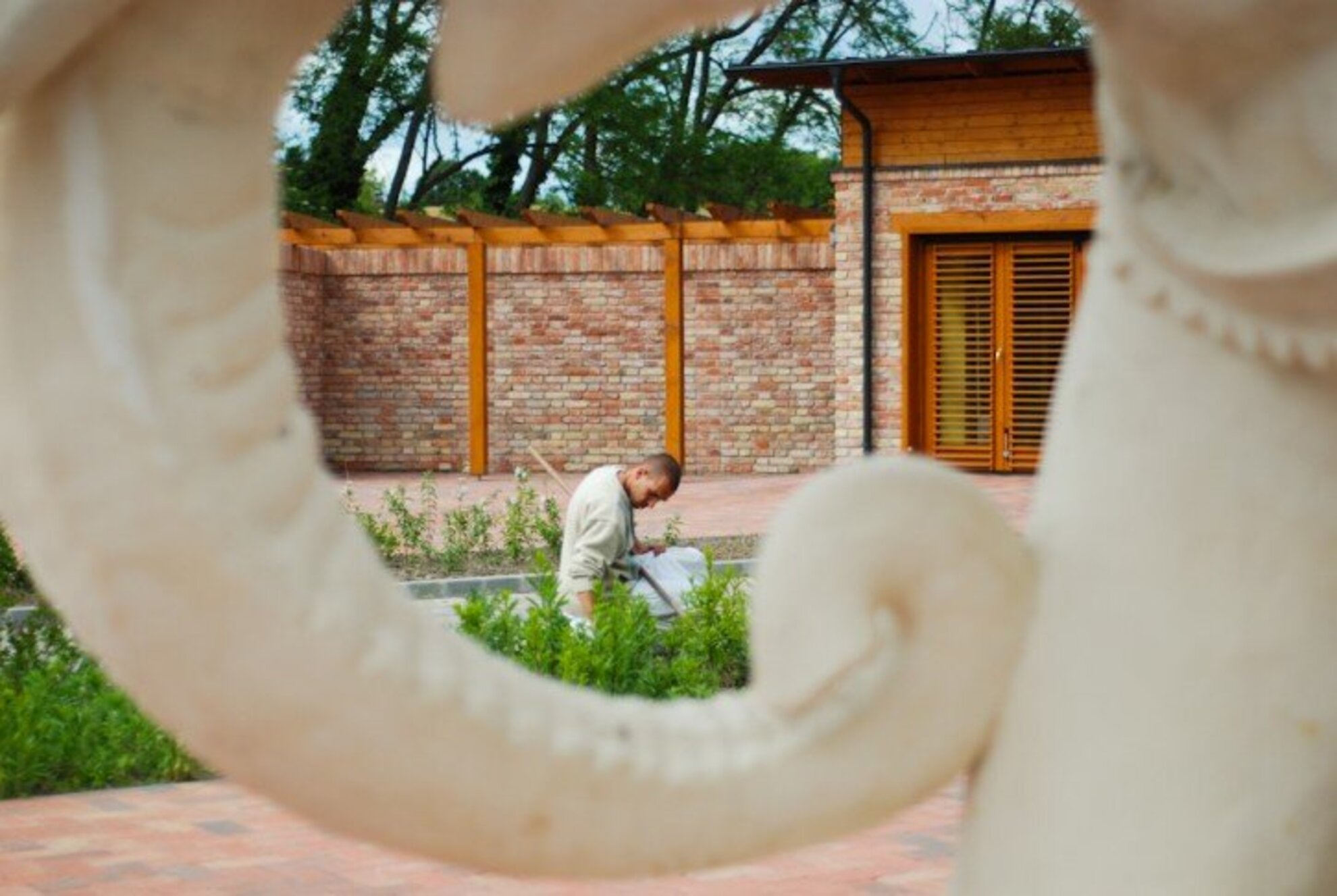
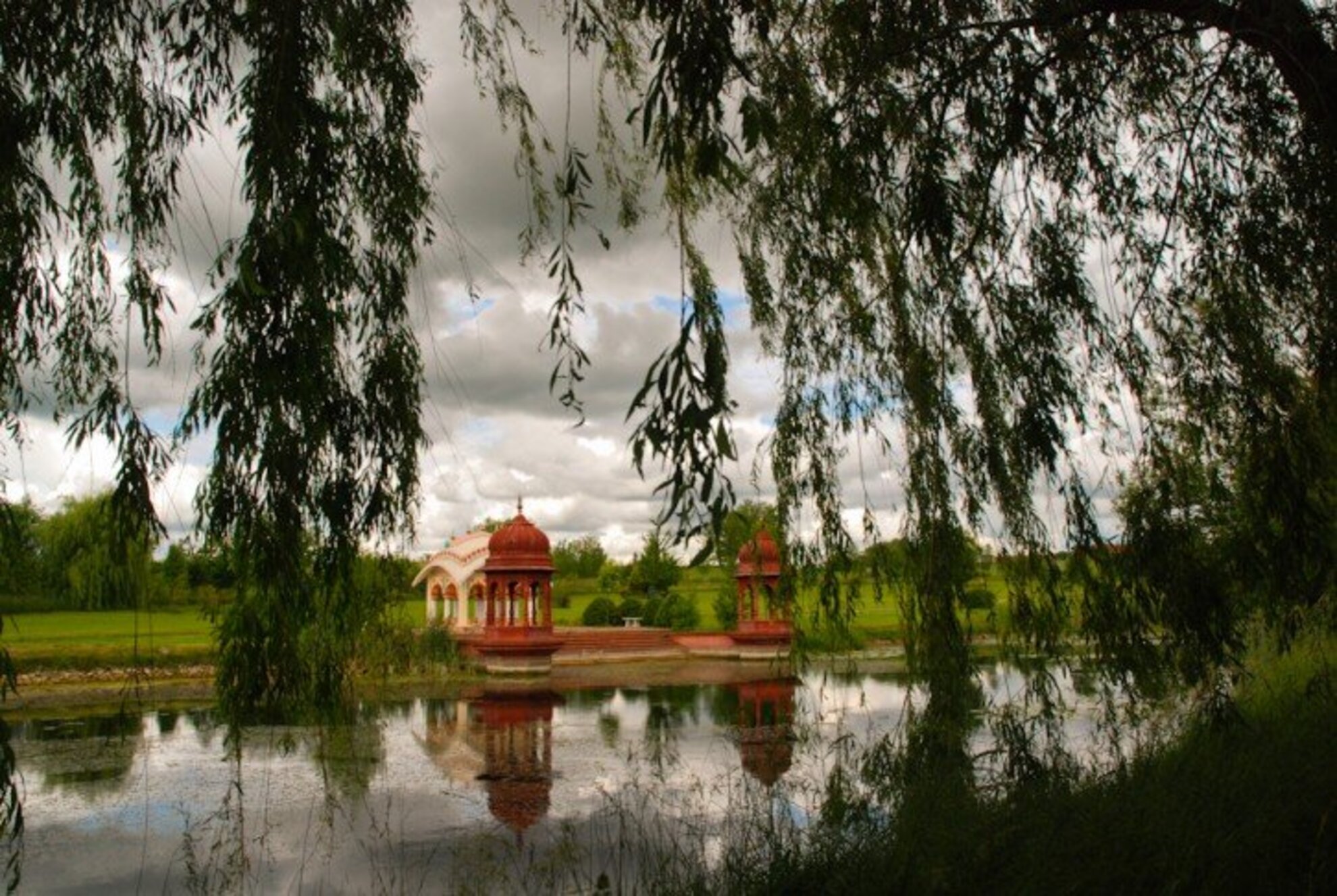
Farm, school, church, residential buildings, fruits, and cows – the Krishna Valley is a proper village with the proper surroundings; Somogy inoculated with India, Krishna's pavilions instead of roadside stone crucifixes.
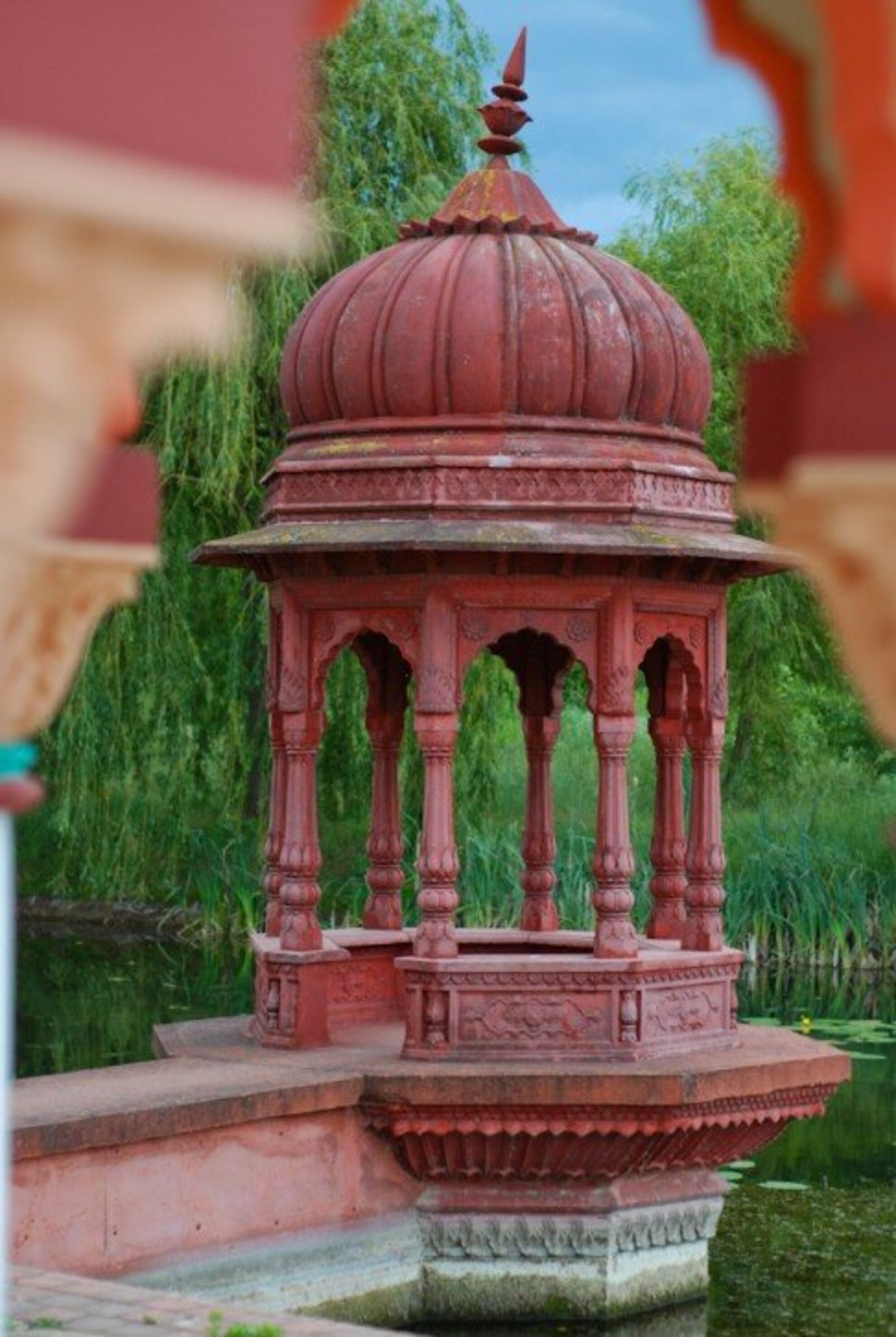
The Krishna Valley is a religious community, an eco-farm and a tourist attraction in one. Its a place of seclusion, open to anyone looking for Krishna or interested in the farm or the scenery. They welcome everyone in the frame of and outside their festivals and events as well.
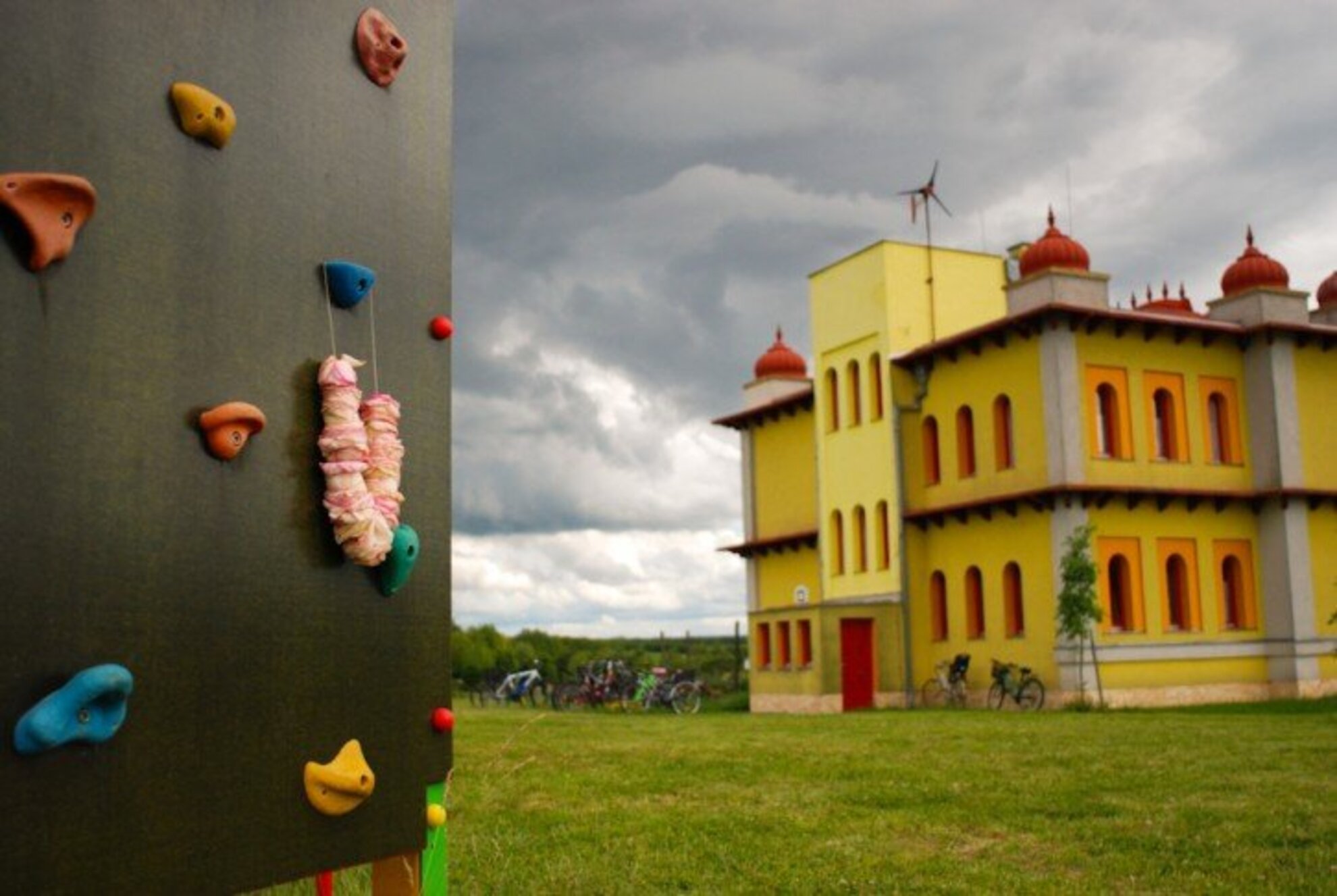
There are a dozen of kids in the elementary school of the valley. Electricity is produced locally, by a wind-powered generator and suncollectors and there is no public gas service.
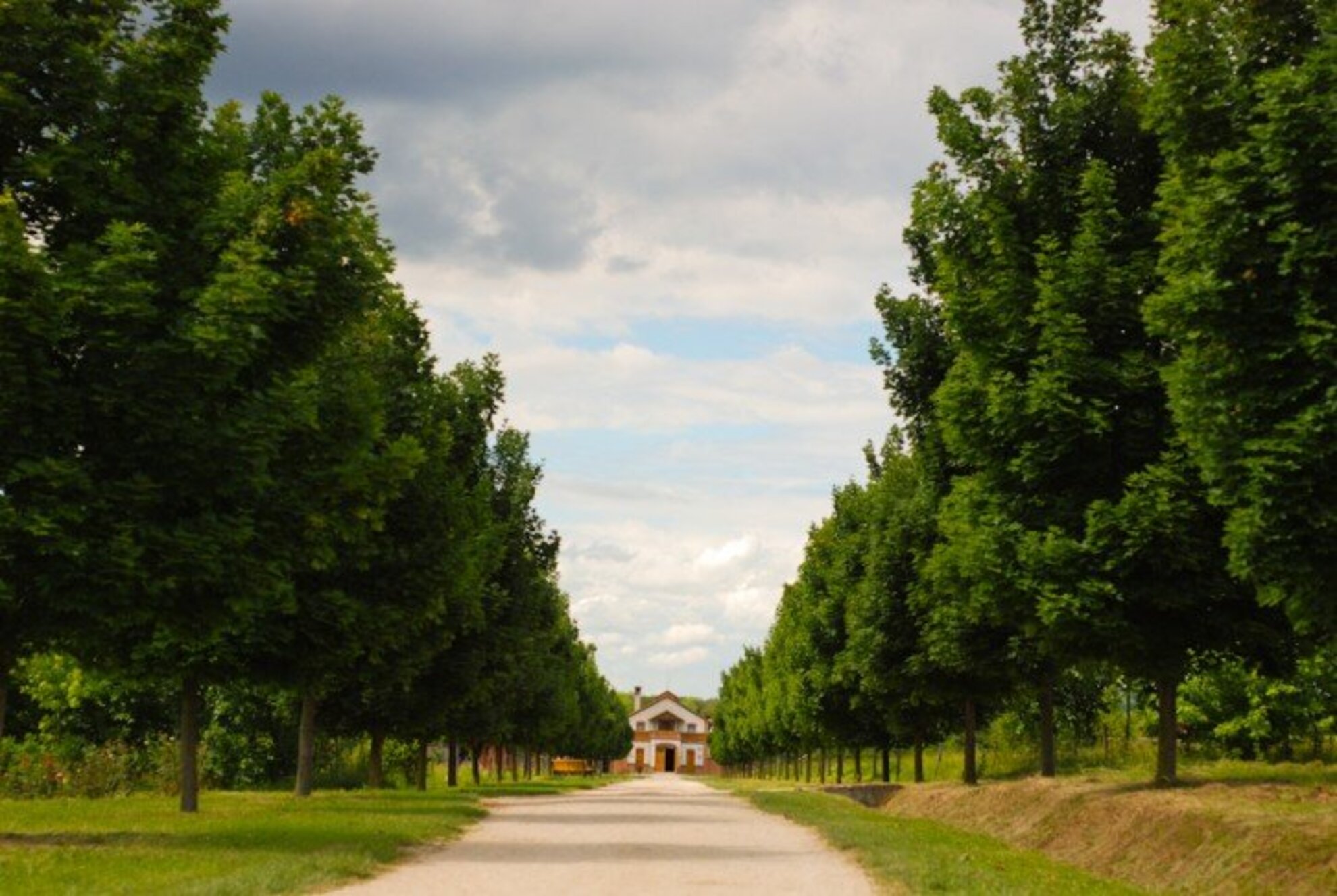
At the end of an alle stands the Cow Protection Centre. This is the - somewhat strange - name of the local dairy farm. Here, cows are considered sacred, they are kept for their milk, but do not end up in a slaughter-house. They get a proper burial when they pass away.
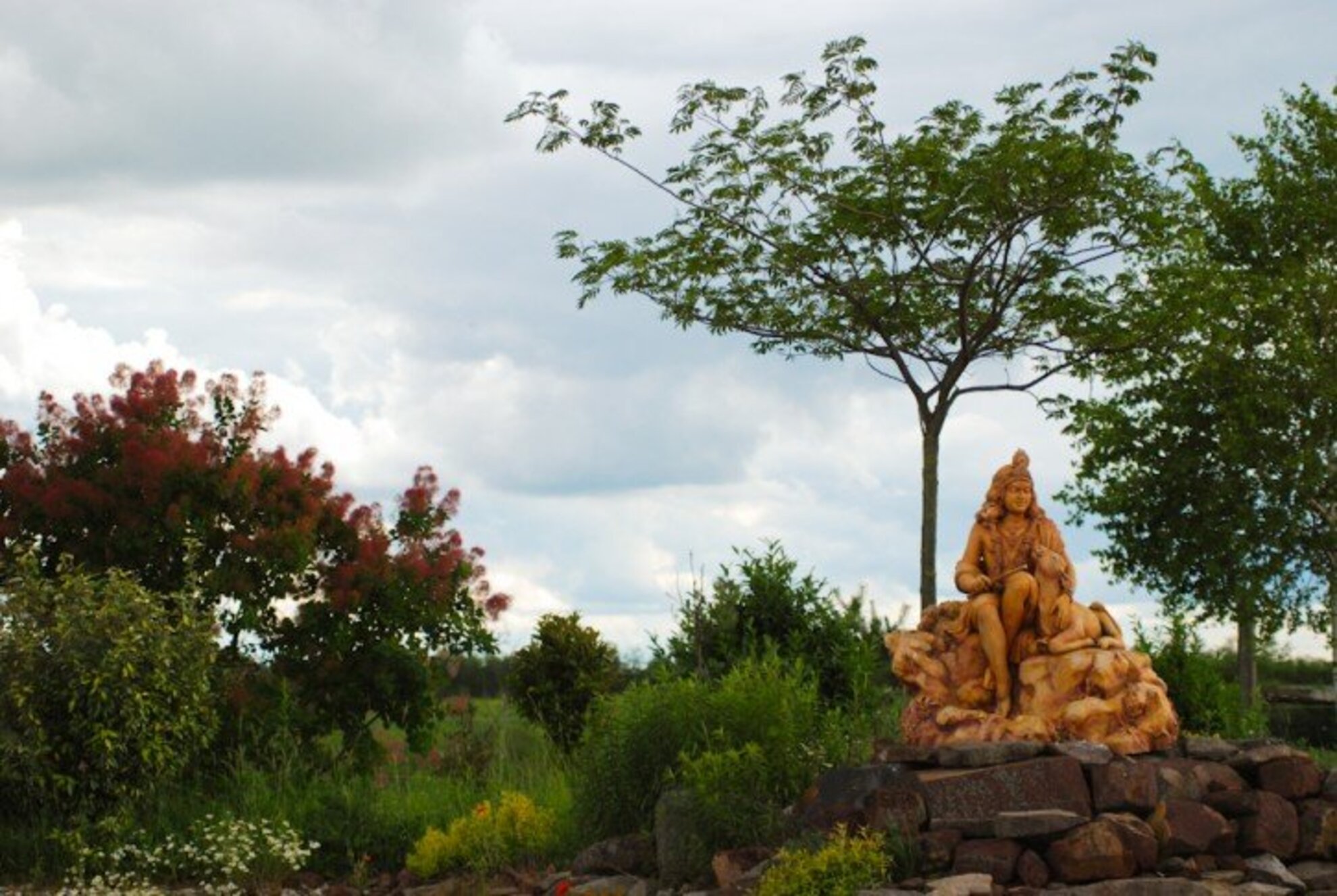
The Krishna-belivers eat neither beef, nor any kind of meet, because they believe in reincarnation. And waht you do in this life, you will get back in your next life: it might happen that you'll be reborn as a cow and the cow as a butcher.
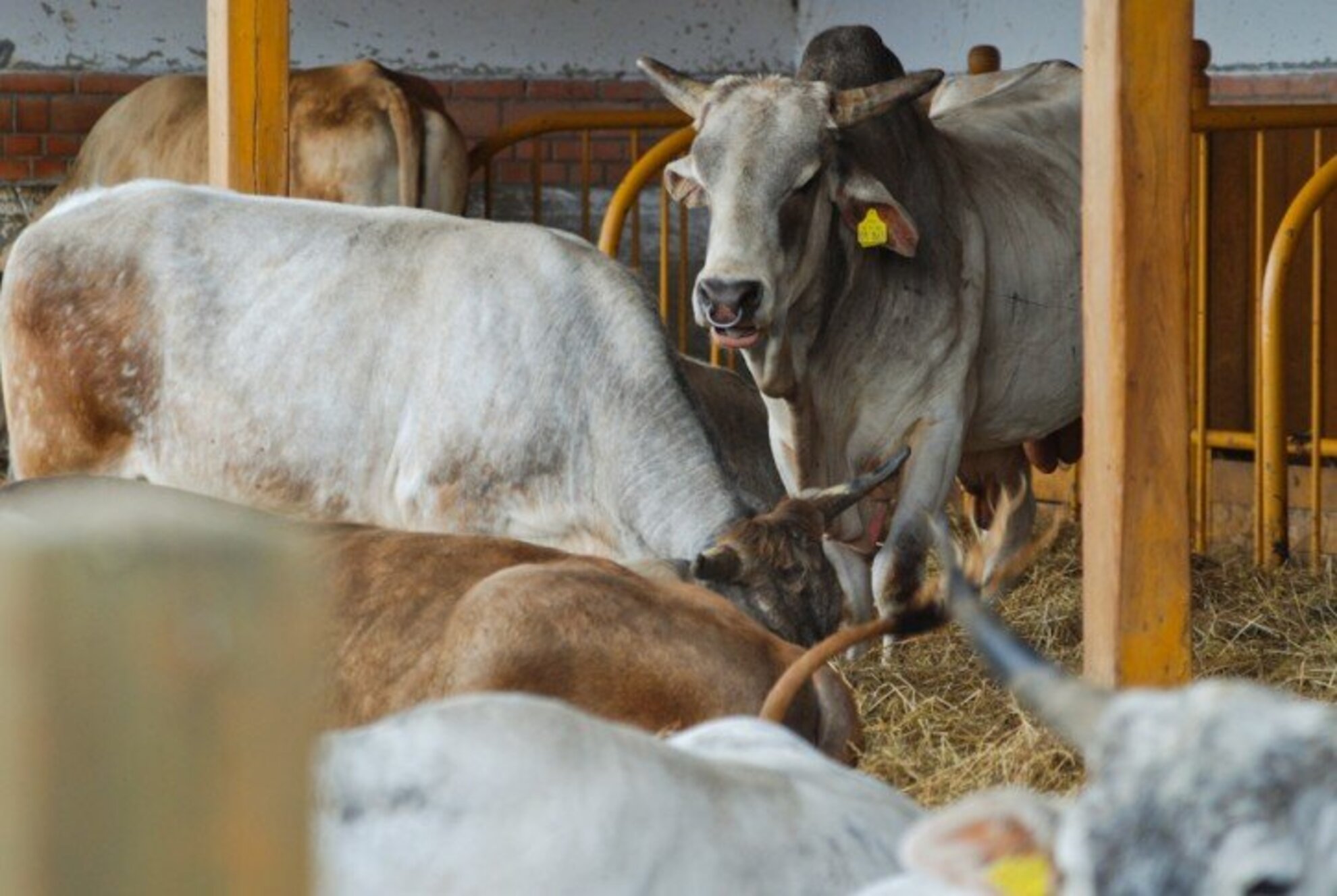
Zebu, an Indian type of cattle among Hungarian and other European breeds. The flora and fauna of the Krishna Valley is a special mixture of exotic and native species.
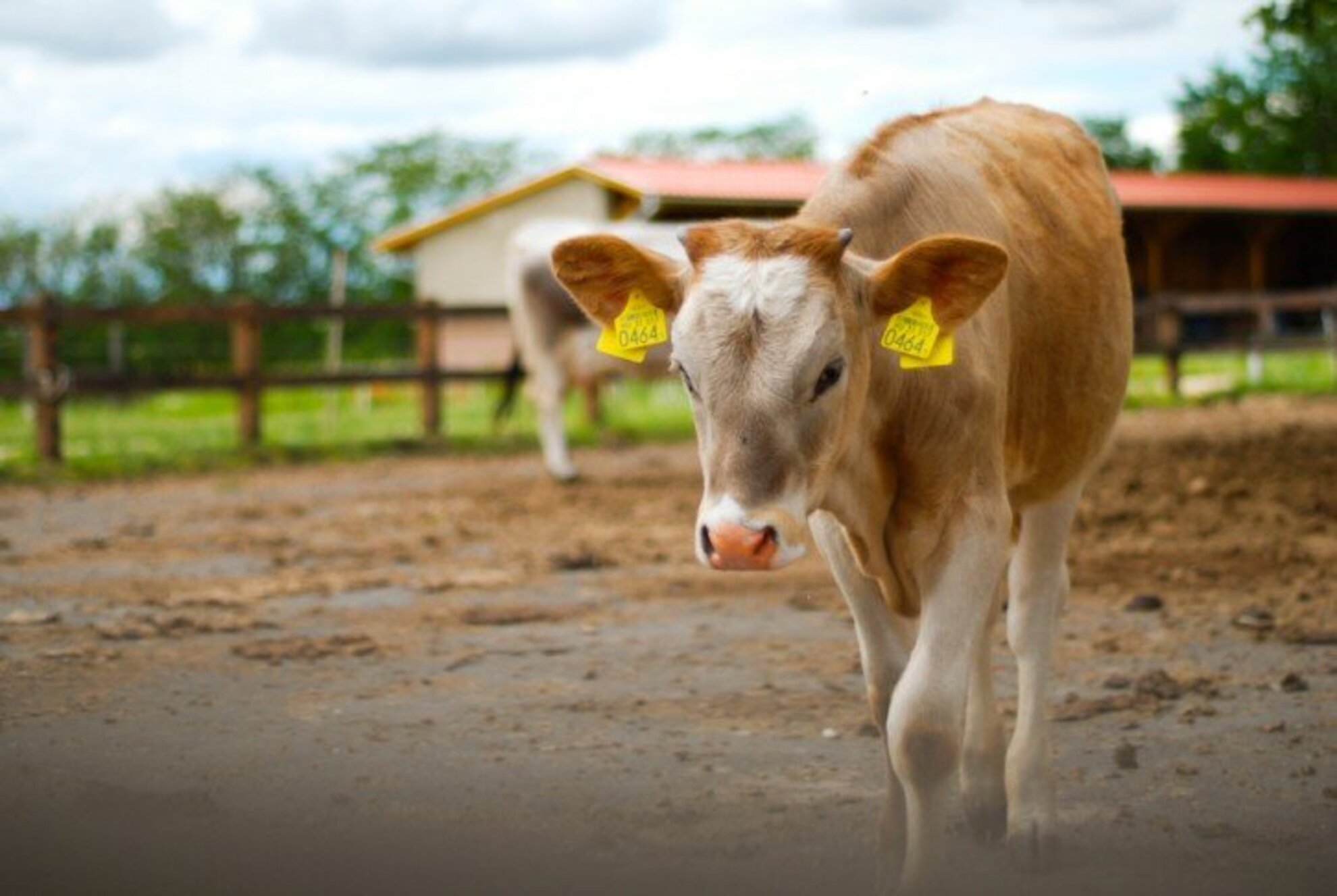
The fame of the eco-farm reaches far beyond the valley: mayors and researchers are making pilgimages to the sacred cows and the coriander beds to discover the tricks of eco-bio farming.
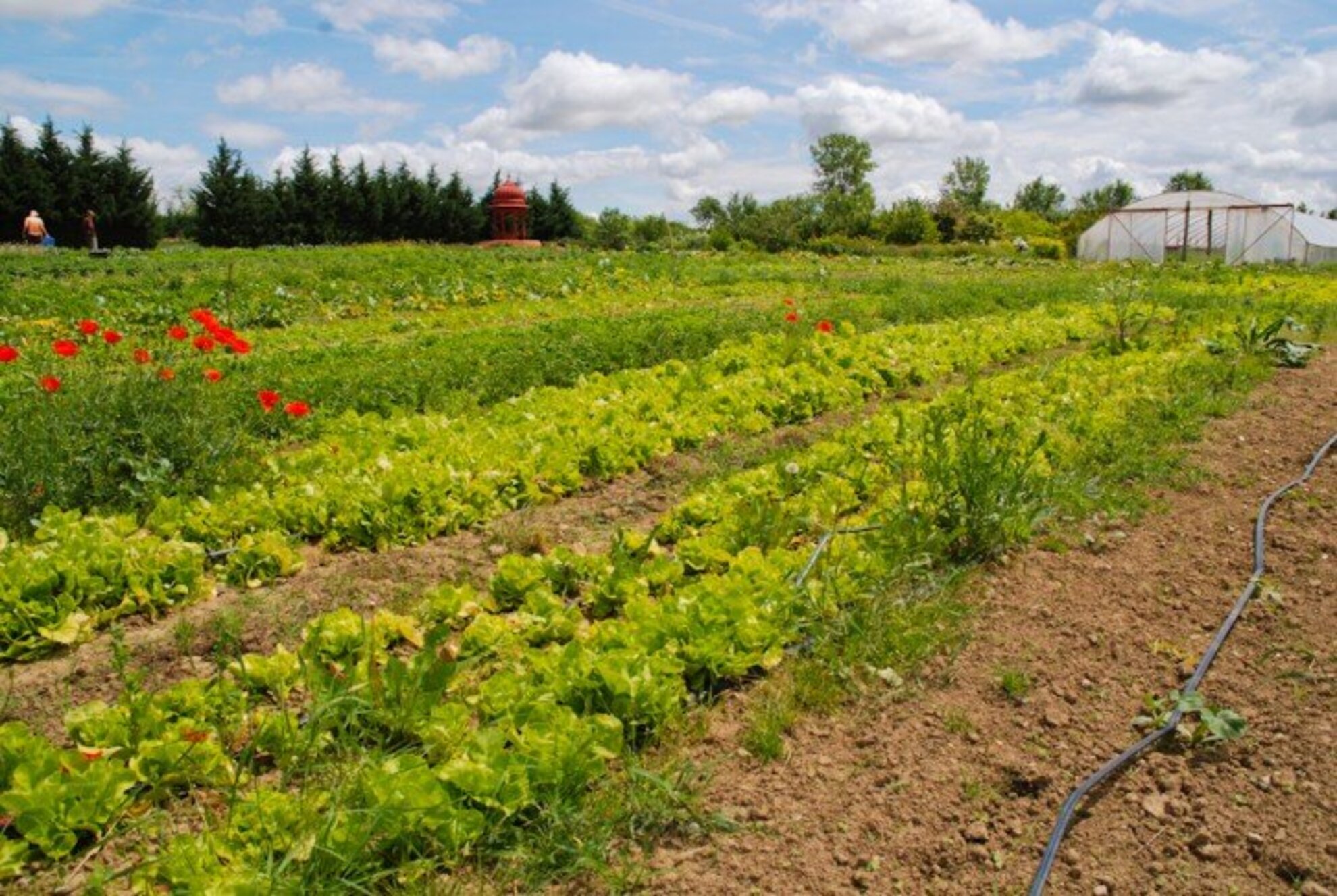
What grows here is eaten here. The valley is self-sufficient: they produce their own food and firewood.
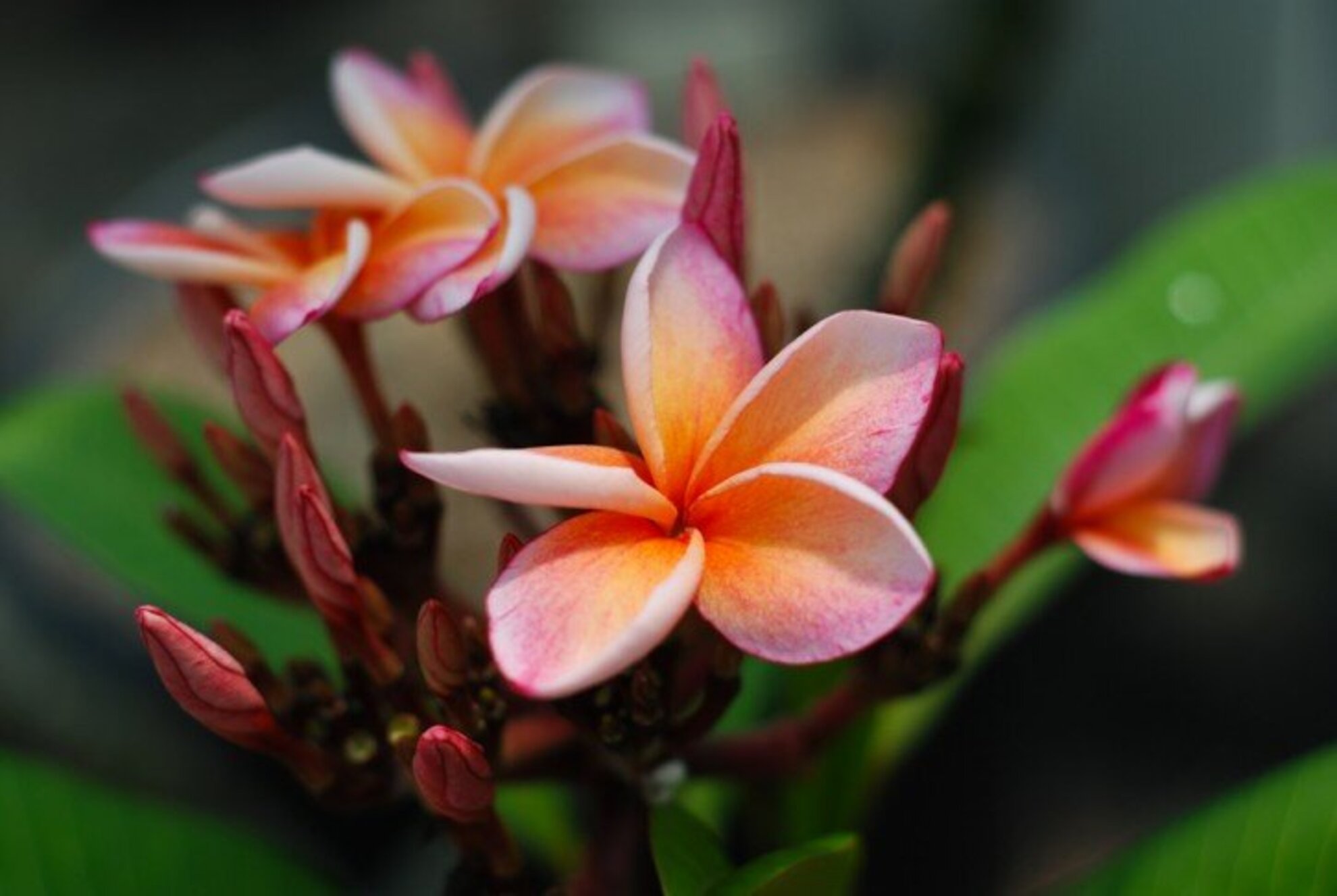
The Frangipáni is not native in Hungary - it is for example the flower in Hawaiian leis. You'll also find it in the glass houses of the Krishna Valley.

The pavilions of Krishna are sacred, but not only the believers can find peace of mind here. You can see as far as the Badacsony from some of them
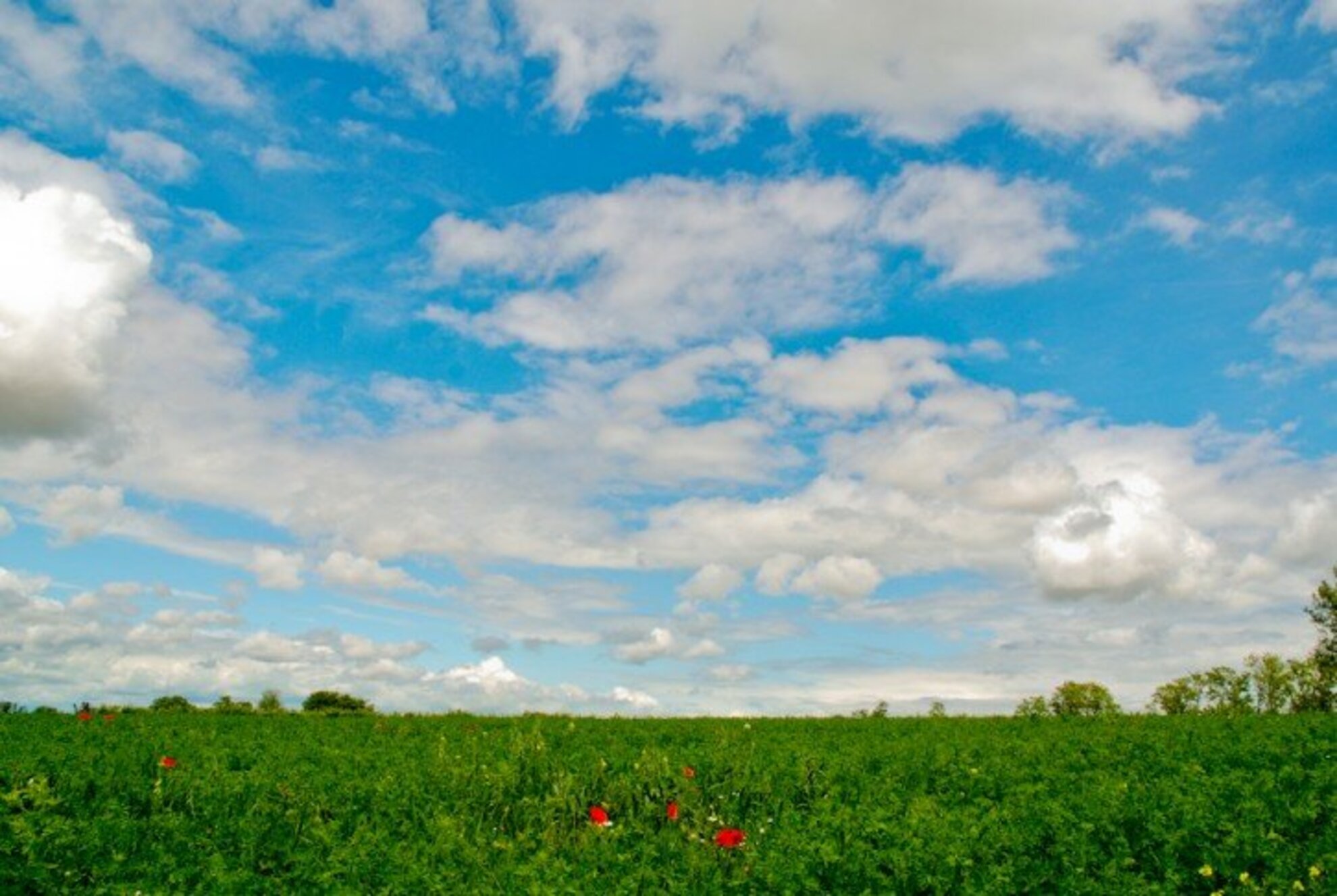
300 acres, plough fields, forests, orchards, and creek. You won't have a feeling of confinement here, and you'll certainly sense that this is not an ordinary spot. The Krishna Valley is somehwat fairytale-like. And it si a fairy-tale you can identify with, one that is difficult to leave behind.
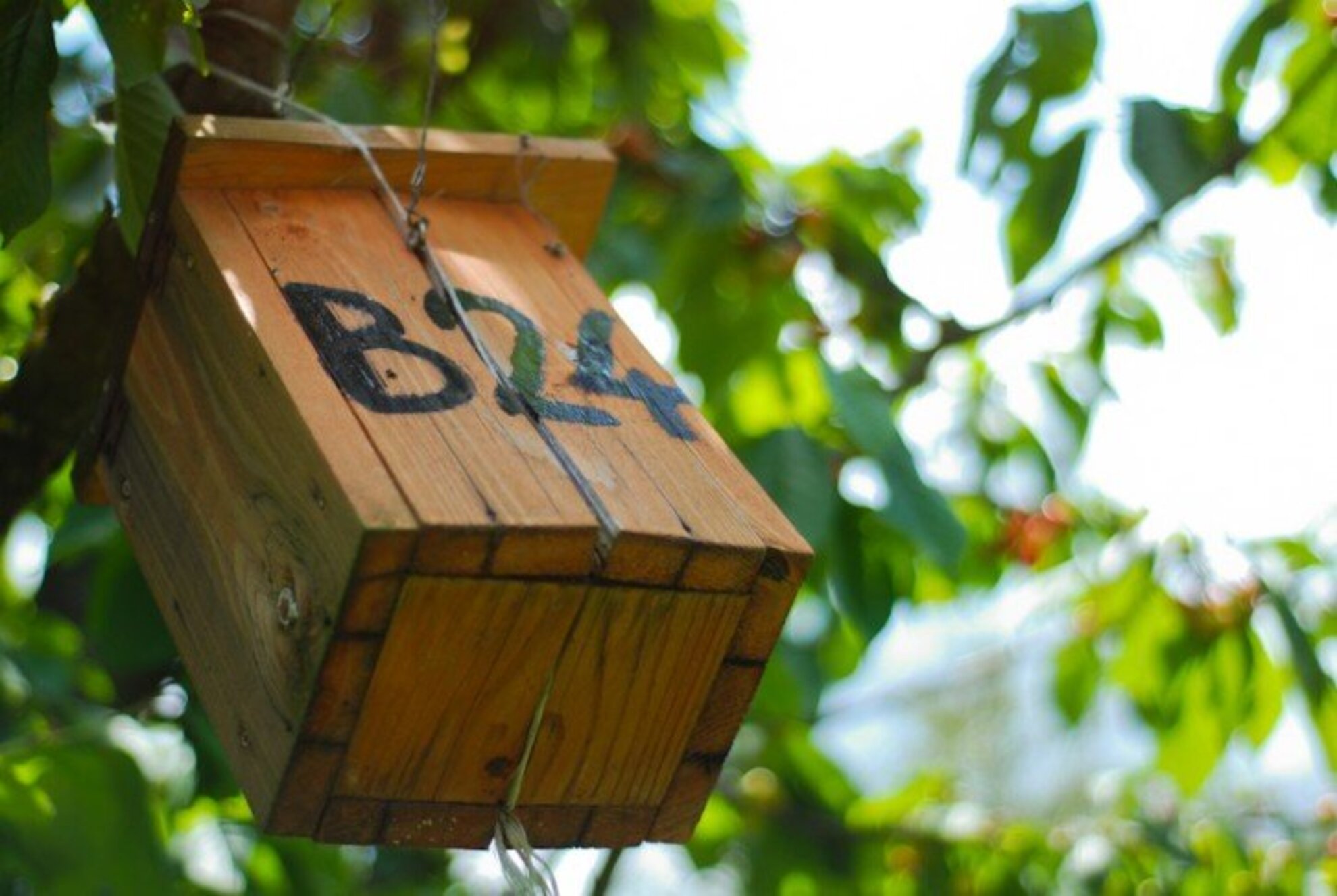
The machinery here is powered by humans or the livestock. You can only glimpse a tractor among the ox-drawn ploughs and mows when it is really necessary.
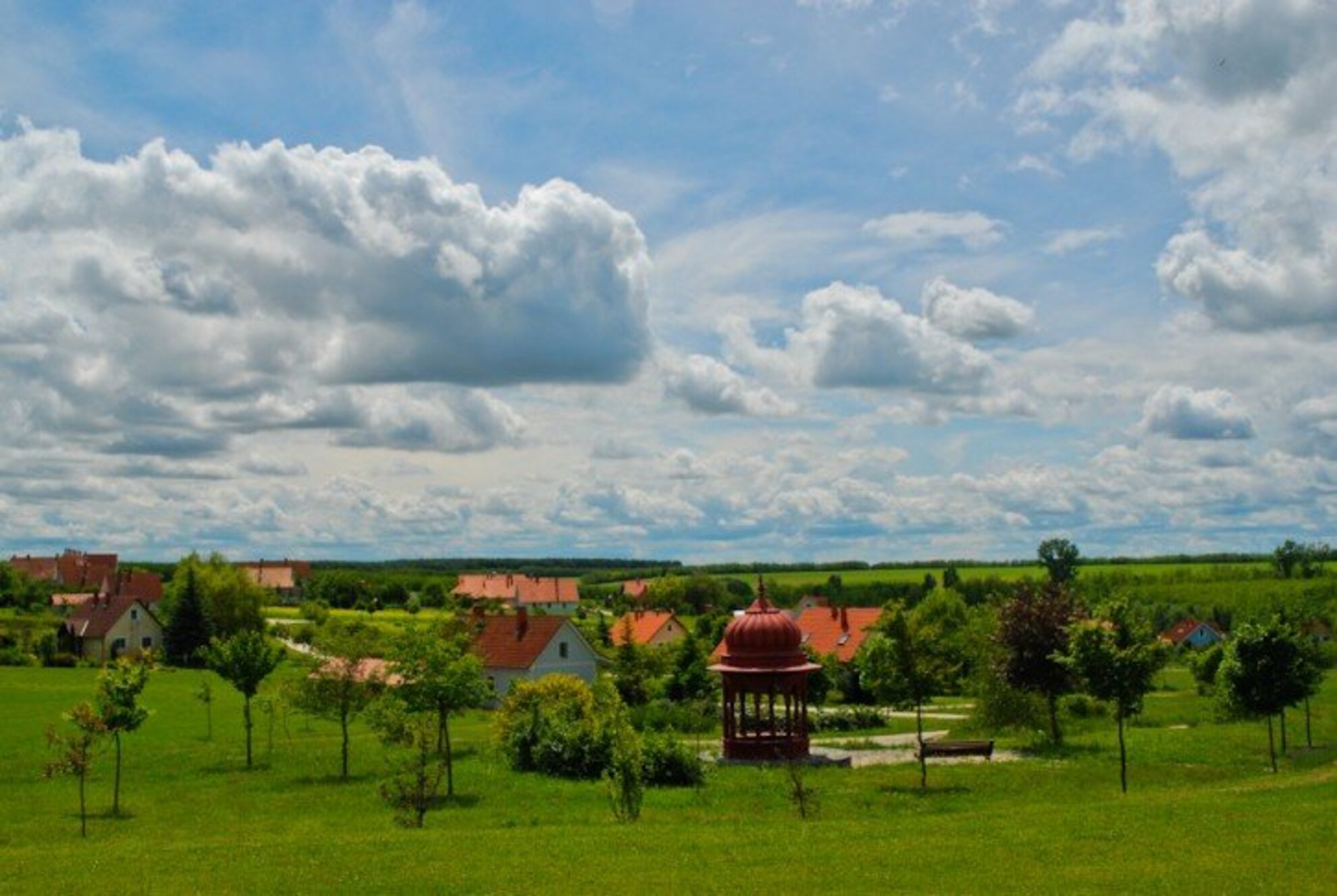
The Krishna Valley has 150 inhabitants: they have completely devoted their lives to Krishna. There are an additional 40 devoted families in Somogyvámos, and there are also outsiders working on the farm.
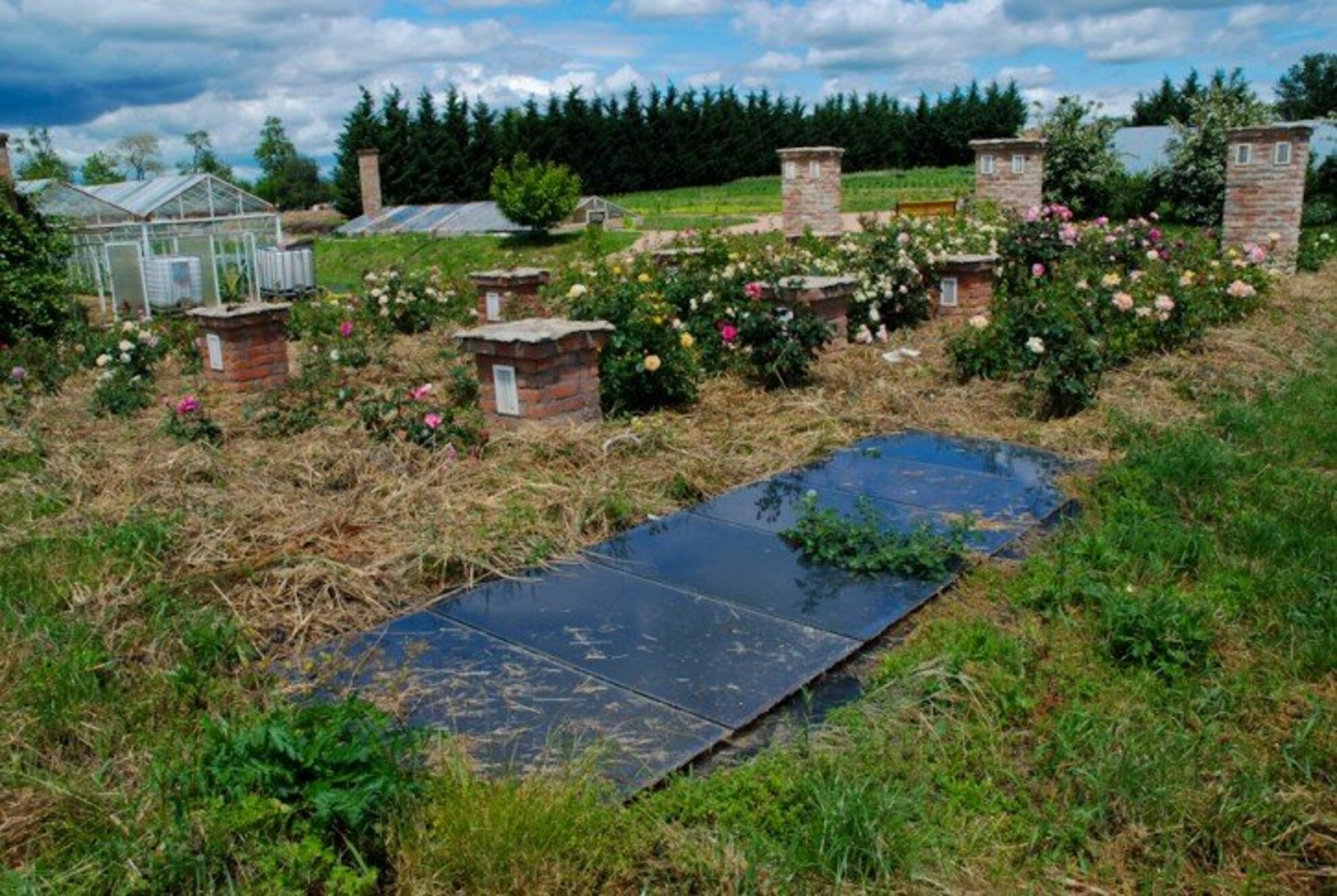
Flowers are an integral part of the religion. Leis are also used here, not only in Hawaii.
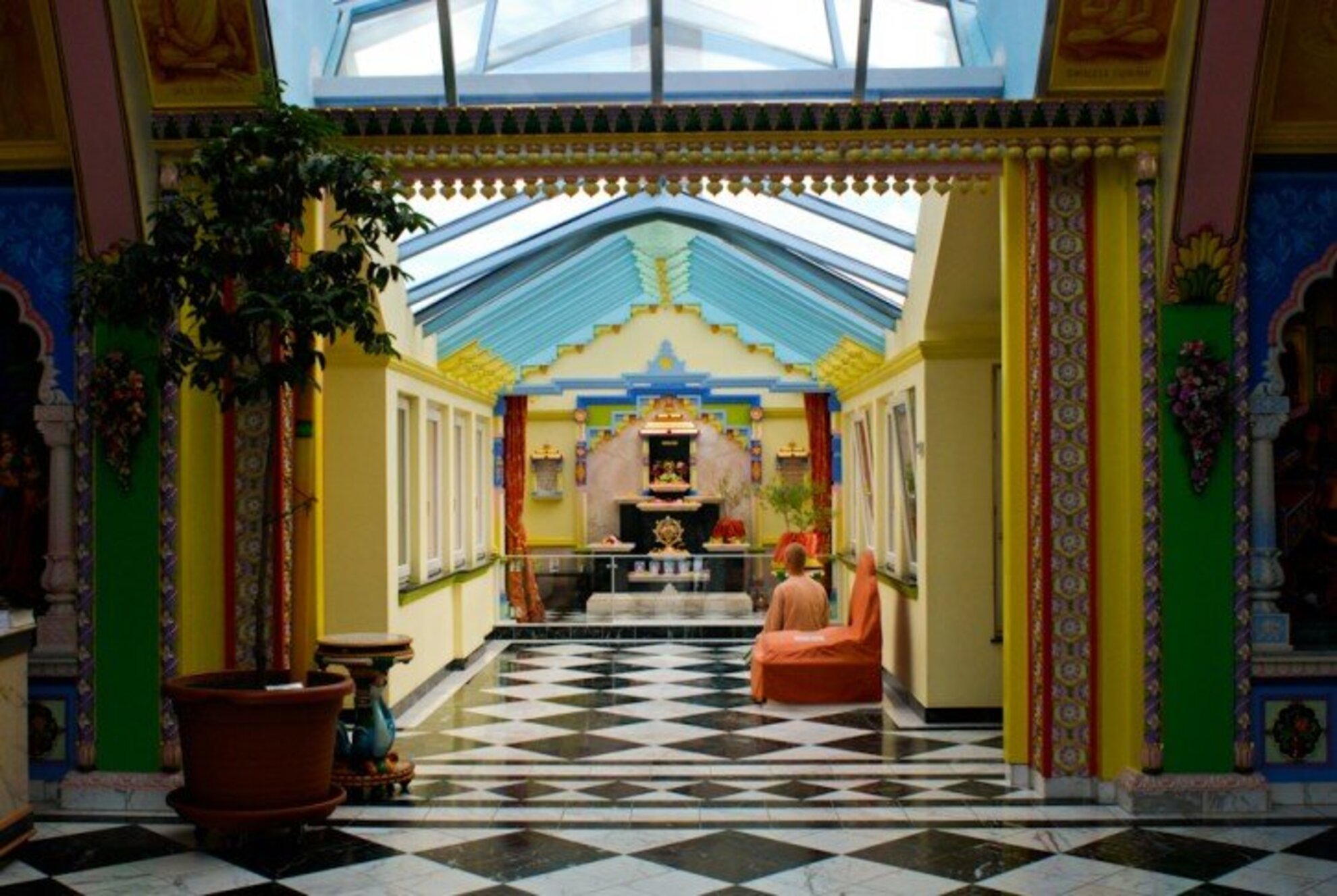
The church stands in the middle of the valley. This building doubles as a community centre. The first religious ritual of the day begins at 4:30 AM.
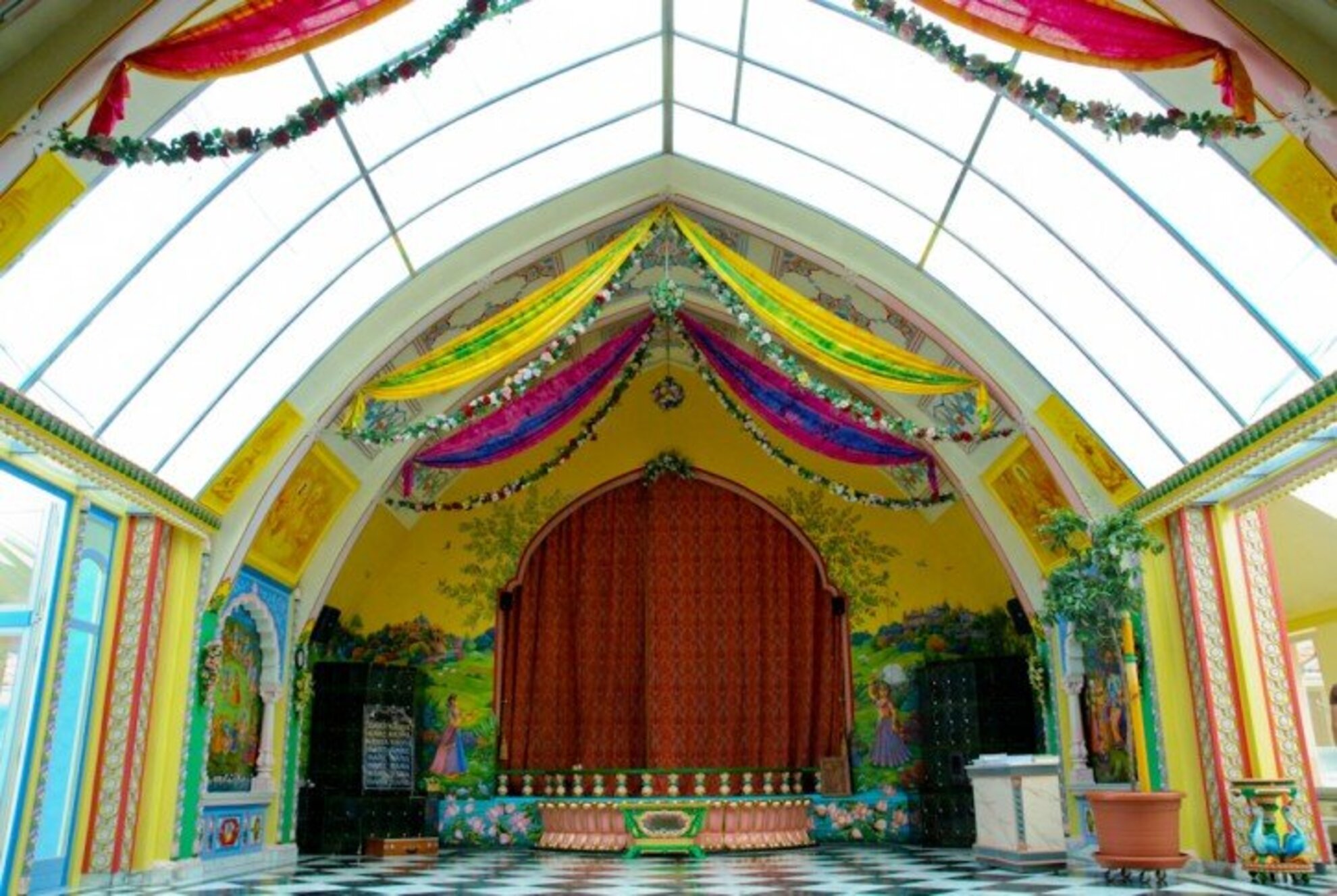
The curtain over Krishna's altar is only lifted during the rituals when they adore him with dance and music. The sharp colours suggest joy and spiritual abundance to the eye used to continental pastels.
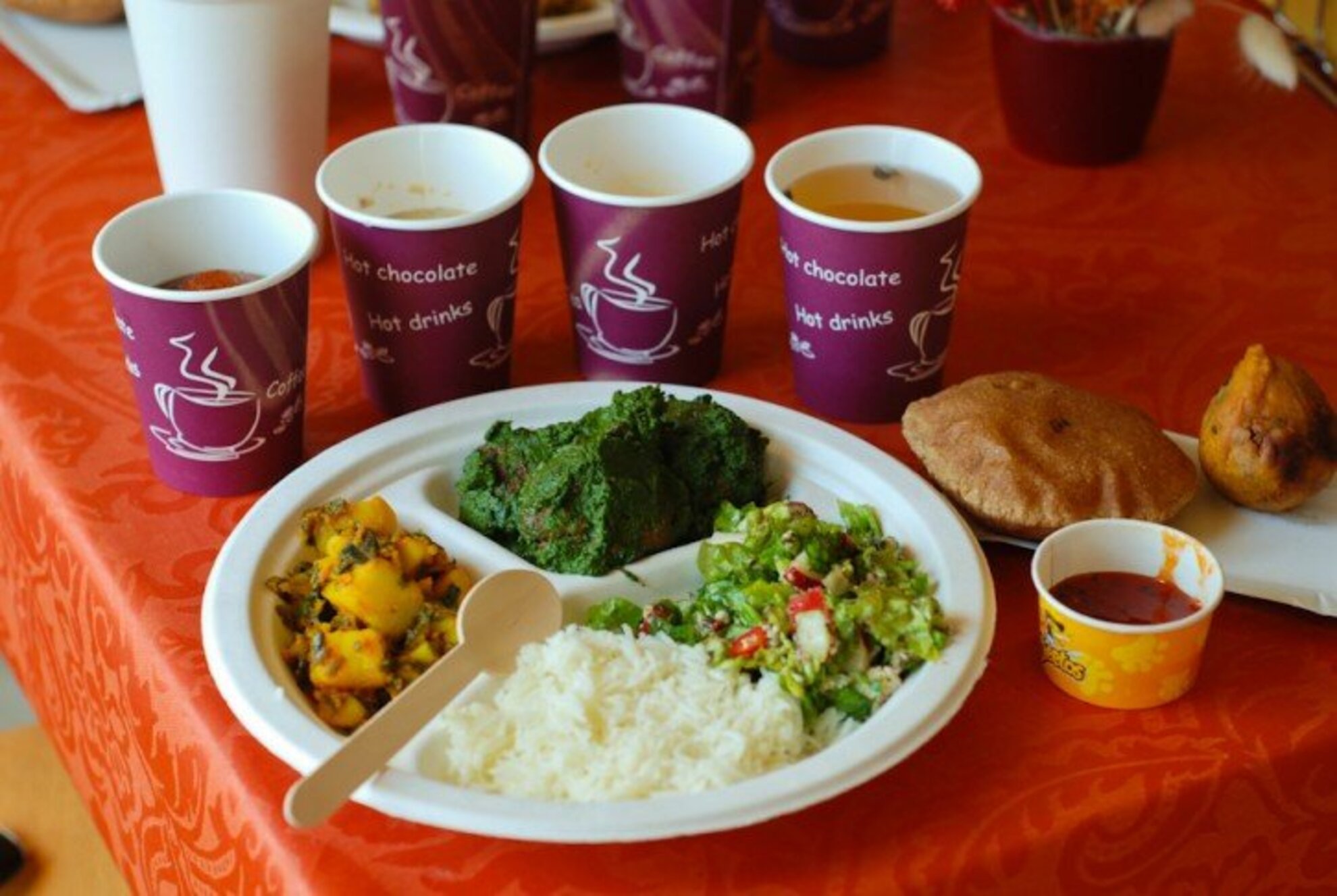
Vegetarian, eco-bio-aryuvedic meals in the eatery. Do not think for a moment that these lack any flavour. The chutney is spicy, and the sweets are really-really sweet.
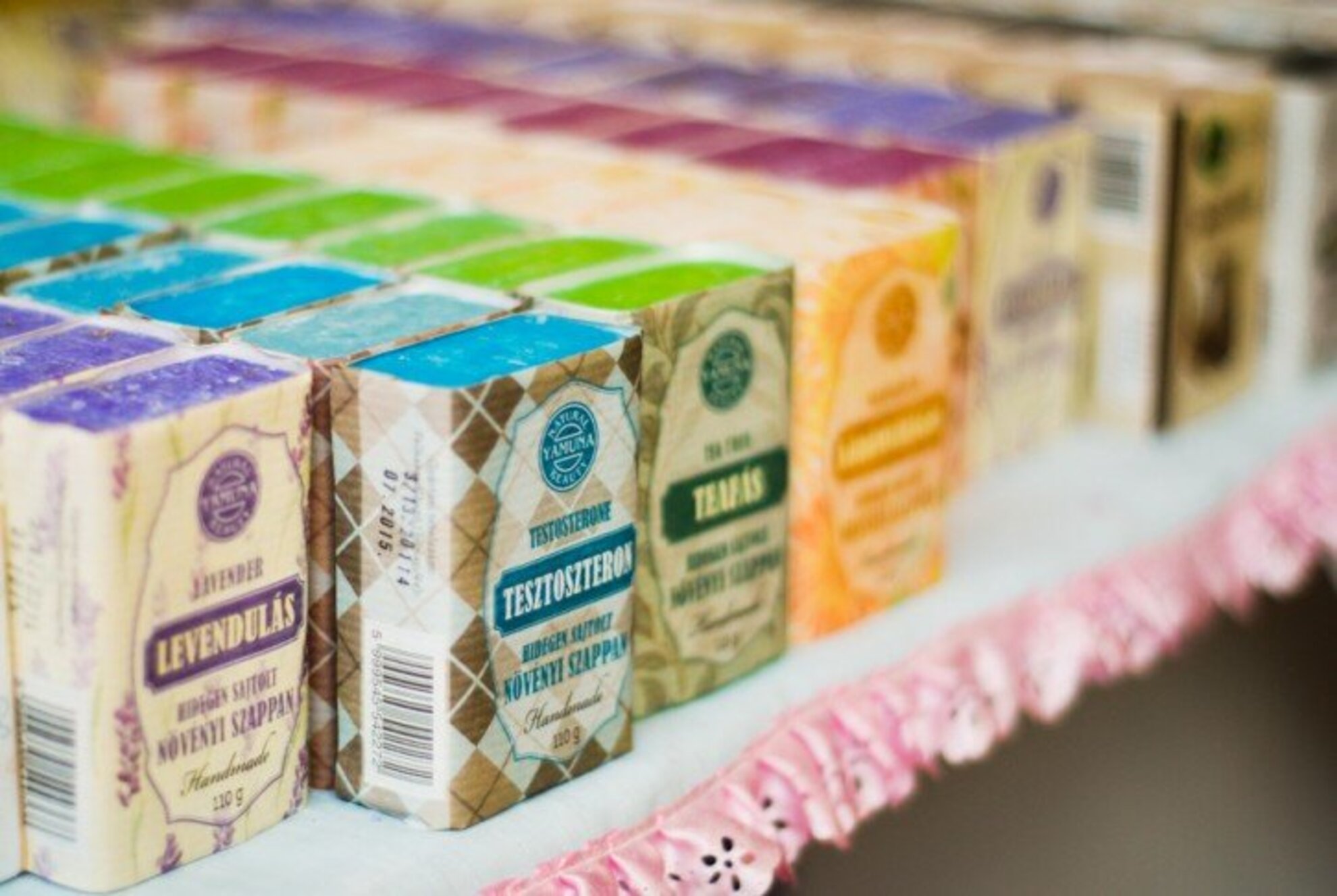
The Krishna Valley is about the renounciation of material goods. This, however, does not mean that you cannot buy goods in the souvernir shop. The available products range from locally produced ointments to sacred books.
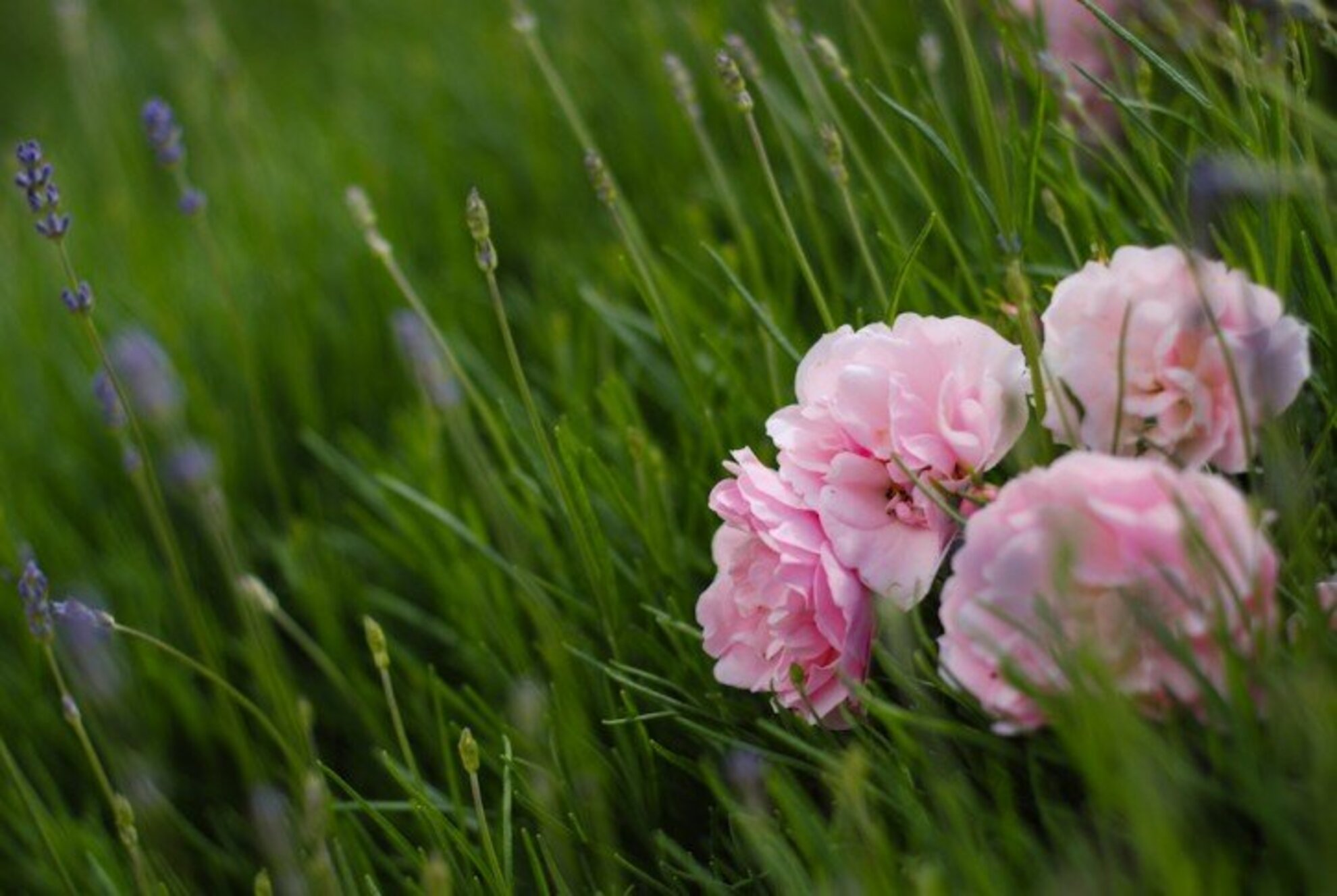
Two decades ago, there was nothing in this valley apart from plough fields and woods. Today the place is covered by a diverse fauna.
